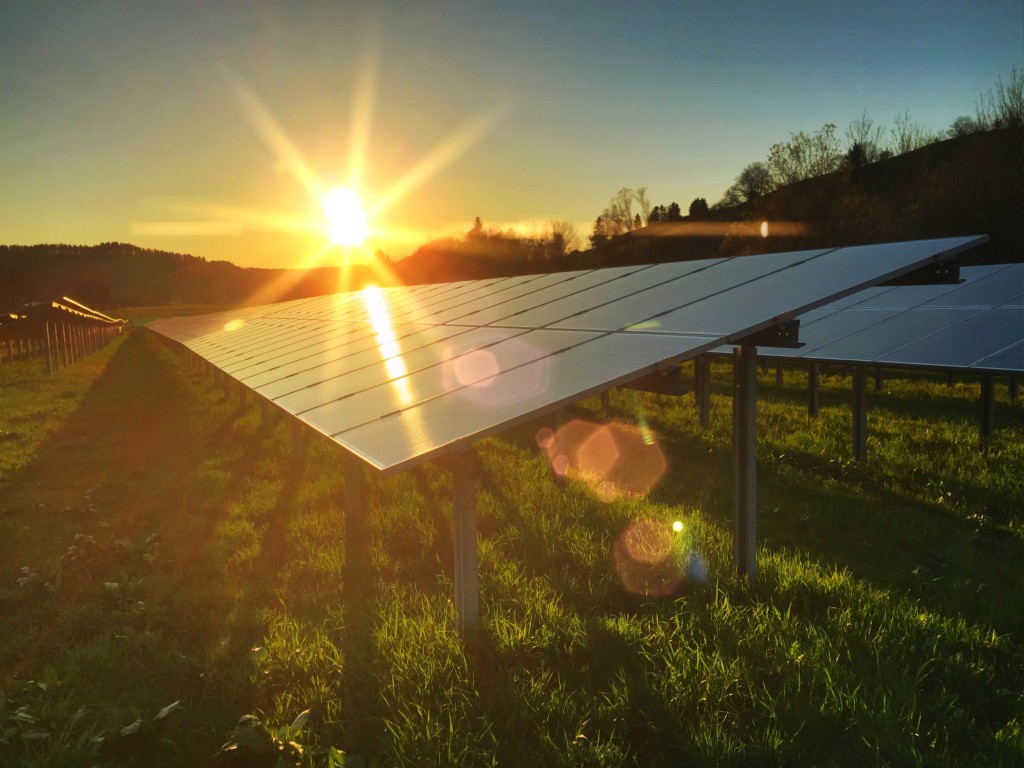Solar Panels: Buy Solar Panels for Home - Unbound Solar

Indicators on Solar Panels / Photovoltaic System - Tamarac, FL - Official You Should Know

Micro-inverted photovoltaic panels are wired in parallel, which produces more output than regular panels wired in series, with the output of the series identified by the least expensive performing panel. This is called the "Christmas light impact". Micro-inverters work independently to enable each panel to contribute its optimum possible output for a given quantity of sunshine.
In 2013, crystalline silicon represented more than 90 percent of worldwide PV production, while the remainder of the overall market is comprised of thin-film innovations using cadmium telluride, CIGS and amorphous silicon Emerging, 3rd generation solar innovations utilize advanced thin-film cells. They produce a fairly high-efficiency conversion for the low expense compared to other solar technologies.
MJ-cells are compound semiconductors and made of gallium arsenide (Ga, As) and other semiconductor materials. Another emerging PV technology using MJ-cells is concentrator photovoltaics (CPV ). Thin movie [edit] In rigid thin-film modules, the cell and the module are manufactured in the same assembly line. The cell is developed on a glass substrate or superstrate, and the electrical connections are developed in situ, a so-called "monolithic combination." The substrate or superstrate is laminated with an encapsulant to a front or back sheet, usually another sheet of glass.

Solar suitability: how much energy could be generated on your roof? - Copernicus

How Do Solar Panels Work? What Are Solar Panels Made Of?
Not known Facts About Zamp Solar Panels for RV's, Trailers, Campers, and Motorhomes
Amorphous silicon has a sunlight conversion rate of 612%. [] Flexible thin movie cells and modules are produced on the exact same assembly line by depositing the photoactive layer and other essential layers on a versatile substrate. If Click Here For Additional Info is an insulator (e. g. polyester or polyimide film) then monolithic integration can be used.

How Do Solar Panels Work? What Are Solar Panels Made Of?
The cells are assembled into modules by laminating them to a transparent colourless fluoropolymer on the front side (usually ETFE or FEP) and a polymer appropriate for bonding to the final substrate on the other side. Smart solar modules [modify] A number of business have begun embedding electronic devices into PV modules. This makes it possible for carrying out MPPT for each module separately, and the measurement of performance information for monitoring and fault detection at module level.
